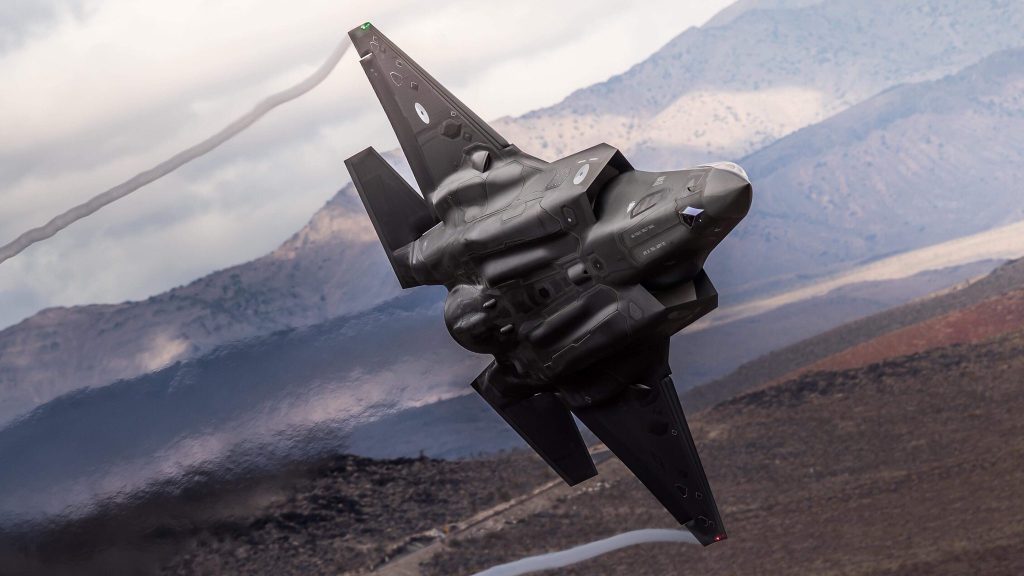F-35B Lightning II Fighter Jets of the US Marine Corps were soaring high above the Japanese skies around July 13th when they were struck by lightning. Quite ironic that Lightning was struck by lightning. Neither of the pilots was harmed in the incident, but the aircraft had to bear a total loss of 2 million USD.
The F-35s were moving from US Marine Corps Air Station at Iwakuni to the island of Okinawa when they were struck by lightning over Makurazaki in southern Japan. Both planes were able to ward off the strike and safely land at an undisclosed location, as reported by Marine Corps Times.
This may come as a surprise, but lightning strikes at airplanes are common, with commercial airliners being struck by lightning once a year. A bolt of lightning typically releases the equivalent of 300 million Volts and about 30,000 Amps—enough energy to power a 100-watt incandescent lightbulb for three months.
A lightning strike is very much capable of destroying aircraft mid-air, theoretically. The advanced composite materials used for building the jets typically make up the nose, fuselage, and wings are built with a thin layer of embedded conductive materials bearing in mind lightning. What this does is that it secures the pilot flying the aircraft from the devastation which may be brought upon by the thunderbolt.
That is probably the case at hand. The pilots remained safe, but the embedded antennas in the body were damaged, making for the 2.5 million dollars bill.
The F-35’s antennas are vulnerable and are one of the major reasons why these hi-tech jets can fly at supersonic speeds for a little span of time. Another damage that might have occurred would be the Distributed Aperture System, a combination of six infrared cameras embedded in each F-35’s fuselage that provides the pilot with 360-degree vision.
The incident, however, had no fatalities to report, it still has been classified as a Class A incident. Class A incidents are the ones in which the death or total disability of a service member, damages exceeding 2.5 million or destruction of the aircraft is involved. A class B incident is where the damages incurred are less than 2.5 million dollars, down to 600,000 dollars and a permanent partial disability or three or more people hospitalized. The rising cost of military aircraft means even a fairly minor incident could end up as a Class B or A.

